Hand, foot and mouth disease cases increase
According to a report from the Hanoi Center for Disease Control (CDC), during the week (from March 29 to April 5), Hanoi recorded 124 cases of hand, foot and mouth disease, an increase of 47 cases compared to the previous week.
Patients are scattered in 26 districts; some units with many patients are Bac Tu Liem (10 cases), Me Linh, Nam Tu Liem (9 cases each), Ha Dong, Hoang Mai (8 cases each). During the week, there was another outbreak of hand, foot and mouth disease in Van Hoa commune, Ba Vi district, with 2 cases.
Accumulated from the beginning of 2024 until now, Hanoi has recorded 424 cases of hand, foot and mouth disease (an increase of 155 cases compared to the same period in 2023).
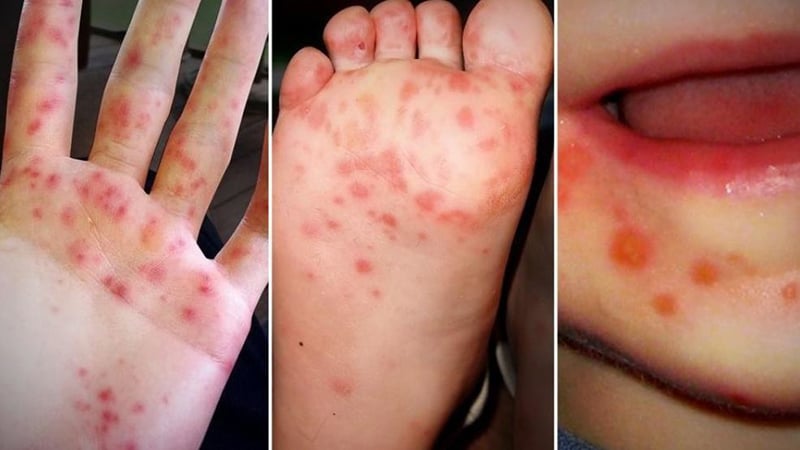
Hanoi has an increase in hand, foot and mouth disease cases. Illustrative photo
Not only in Hanoi, the number of hand, foot and mouth disease cases nationwide is increasing at this time . From the beginning of 2024 to now, the whole country has recorded more than 8,200 cases of hand, foot and mouth disease (more than 2 times higher than the same period in 2023).
Health experts say that hand, foot and mouth disease in our country tends to occur in the summer and early fall. This is an infectious disease caused by viruses, commonly caused by the Coxackievirus and Enterovirus 71 groups.
According to Dr. Dang Thi Thuy - Head of the Department of Pediatrics, Central Hospital for Tropical Diseases, hand, foot and mouth disease is a common infectious disease in young children, transmitted through direct contact with sick people (shaking hands, hugging, kissing), contact with toys, clothes, household items, surfaces containing the virus. The disease can spread quickly, especially in collective environments such as kindergartens and schools.
A typical sign of the disease is mouth ulcers. The ulcers are often on the palate, cheek mucosa, mouth, and tongue, causing pain, difficulty swallowing, poor appetite, and fussiness when eating.
In addition, the rash appears as raised blisters on the skin, firm to the touch, often appearing on the palms, soles, knees, and buttocks. Children may have a low fever or a high fever. If the child has a high fever that is difficult to reduce, it is a warning sign of a serious illness.
Most children with hand, foot and mouth disease gradually recover after 7-10 days, like other viral fevers, but there is also a rate of life-threatening complications such as encephalitis, myocarditis, acute pulmonary edema, etc.
Who is susceptible to hand, foot and mouth disease?
Doctors say hand, foot and mouth disease mainly occurs in children under 10 years old, usually in children under 5 years old. The younger the child, the more severe the symptoms. Anyone who has never had the disease is at risk of infection when coming into contact with contaminated objects or surfaces touched by an infected person, but not everyone infected with the virus will show symptoms of the disease.
Children are at higher risk of contracting the virus and getting sick because they have weaker immune systems than adults. Most adults are immune, but cases of teenagers and adults getting infected with the virus are not uncommon.
It is worth noting that hand, foot and mouth disease can recur many times if the child comes into contact with someone who has hand, foot and mouth disease. The child can get hand, foot and mouth disease a second, third, or even fourth time or more.
The reason is that after children are infected with the virus that causes hand, foot and mouth disease, whether they have clinical symptoms or not, the patient more or less has antibodies against the virus. However, the amount of antibodies is not much, not sustainable, so it is not enough to protect the child.
In addition, in addition to the two common strains of viruses that cause hand, foot and mouth disease in children, there are more than 10 strains of viruses belonging to the enterovirus group that can cause hand, foot and mouth disease. This is the reason why children can get hand, foot and mouth disease multiple times due to infection with many different strains.
Signs of worsening hand, foot and mouth disease
According to Dr. Truong Huu Khanh - Vice President of the Ho Chi Minh City Infectious Diseases Association, in the process of monitoring children with hand, foot and mouth disease, the most important thing is for parents to detect signs of worsening hand, foot and mouth disease.
Accordingly, the most important and first sign in children is startle. Almost all babies with severe hand, foot and mouth disease have a previous sign of startle. This startle occurs when the baby is dozing off, the baby begins to close his eyes and lie on his back to sleep, then starts to bounce up, opens his eyes to look again, then falls asleep again and continues to startle.
If within 30 minutes the child is startled twice or more, the condition is definitely getting worse and parents must take the child to the hospital immediately.
In addition, some children will cry continuously, have a rapid pulse, purple rash on their skin, or have weak arms and legs. These are signs that the child is getting worse, and parents must take their child to the hospital immediately.
According to Dr. Khanh, the third important sign is when a child has a fever for more than 2 days and a high fever (a child has a high fever continuously above 38.5 degrees Celsius, and Paracetamol does not reduce it), parents should take their child to see a doctor to avoid complications.
How to care for children with hand, foot and mouth disease at home
Dr. Dang Thi Thuy said that for children with mild hand, foot and mouth disease, only mouth ulcers and skin rash can be treated and monitored at home. Take care of children's nutrition by drinking plenty of cool water and eating easily digestible foods, not letting them suck on plastic nipples, not giving them sour or spicy foods or drinks. Clean their mouth and body daily to avoid secondary infections.

Maintain personal hygiene, food hygiene, clean toys, living areas... to prevent hand, foot and mouth disease in children. Illustration photo
According to experts, there is currently no vaccine to prevent the disease nor any specific treatment for hand, foot and mouth disease. To actively prevent and minimize the impact of hand, foot and mouth disease on health, especially children, the Department of Preventive Medicine, Ministry of Health recommends that people proactively implement disease prevention measures such as:
Personal hygiene
Wash hands regularly with soap under running water many times a day (both adults and children), especially before preparing food, before eating/feeding children, before holding children, after using the toilet, after changing diapers and cleaning children.
Food hygiene
Food for children must ensure adequate nutrition; cooked food and water; eating and drinking utensils must be washed clean before use (preferably soaked in boiling water); use clean water in daily activities;
Do not spoon-feed children; do not let children eat with their hands, suck their fingers, or suck on toys; do not let children share napkins, handkerchiefs, eating utensils such as cups, bowls, plates, spoons, or unsterilized toys.
Clean toys and living areas
Households, kindergartens, and home childcare providers need to regularly clean surfaces and objects that are in daily contact such as toys, school supplies, doorknobs, stair handrails, table/chair surfaces, and floors with soap or common detergents.
Collection and disposal of children's waste
Use hygienic toilets, children's feces and waste must be collected, treated and dumped into hygienic toilets.
Early detection monitoring
Children must be regularly monitored for their health to promptly detect, isolate, and treat cases of illness, avoiding the spread of disease to other children.
Isolate and treat promptly when the disease occurs
Nursery schools, kindergartens, child care groups and households with children under 6 years old need to proactively monitor their children's health to promptly detect and take them to medical facilities for timely treatment.
Sick children must be isolated for at least 10 days from the onset of the disease. Children showing symptoms of the disease must not be allowed to attend class. Children must be isolated and taken immediately to medical facilities for examination and treatment.
Videos of interest:
A9 Bach Mai nurse gives first aid to foreign tourist with cardiac arrest
Source


![[Photo] Prime Minister Pham Minh Chinh holds talks with Japanese Prime Minister Ishiba Shigeru](https://vstatic.vietnam.vn/vietnam/resource/IMAGE/2025/4/28/ee88e7119877496a9a73bb456f3414d3)
![[Photo] General Secretary To Lam receives Secretary General of the Mozambique Liberation Front Party](https://vstatic.vietnam.vn/vietnam/resource/IMAGE/2025/4/28/360d46b787c547bbaa5472c490ddeded)
![[Photo] Welcoming ceremony for Japanese Prime Minister Ishiba Shigeru and his wife](https://vstatic.vietnam.vn/vietnam/resource/IMAGE/2025/4/28/1c97f7123f4f47078488e8c412953289)
![[Photo] President Luong Cuong offers incense to commemorate Uncle Ho at House 67](https://vstatic.vietnam.vn/vietnam/resource/IMAGE/2025/4/28/162df748c87348e1821cc4c83745a888)

![[Photo] Enjoying the experience of enjoying specialty coffee](https://vstatic.vietnam.vn/vietnam/resource/IMAGE/2025/4/28/cb4f5818052e479392e8b3ad06cb1db0)
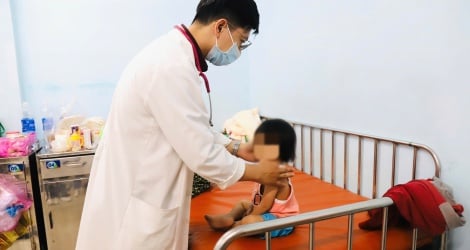



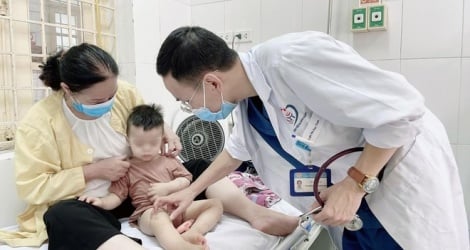
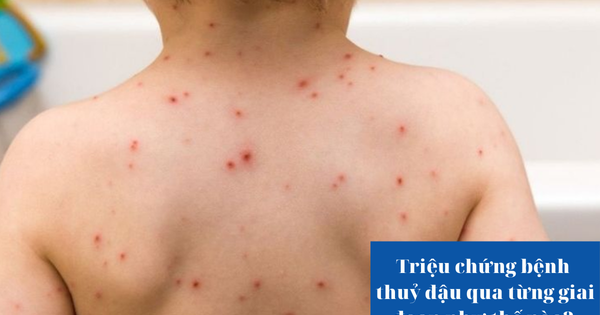
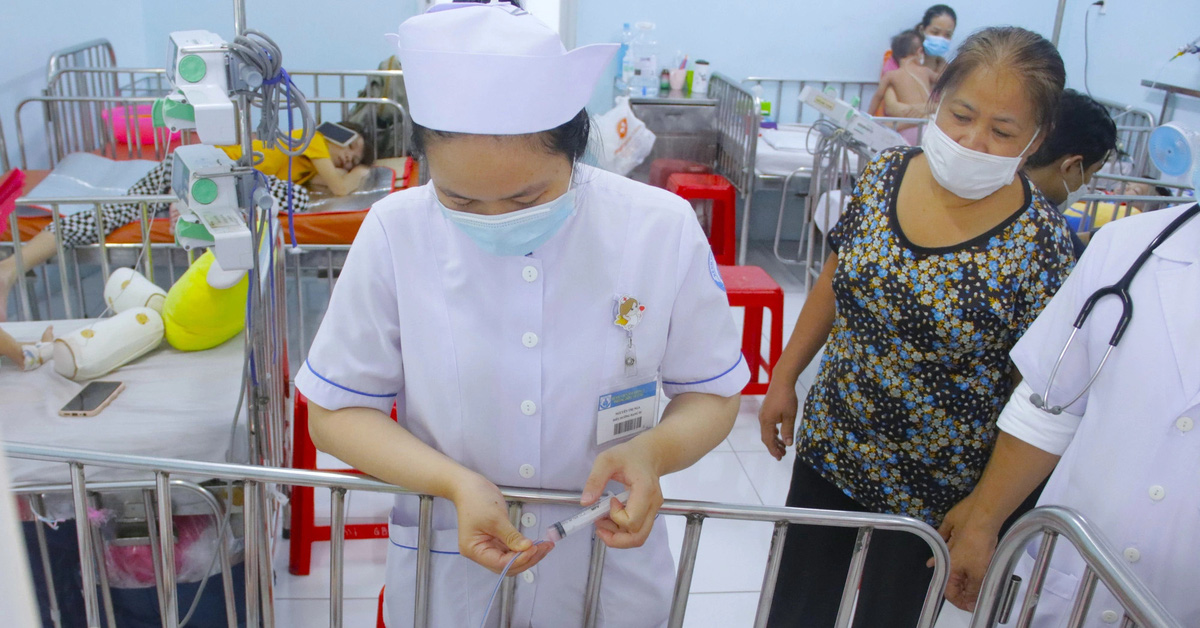
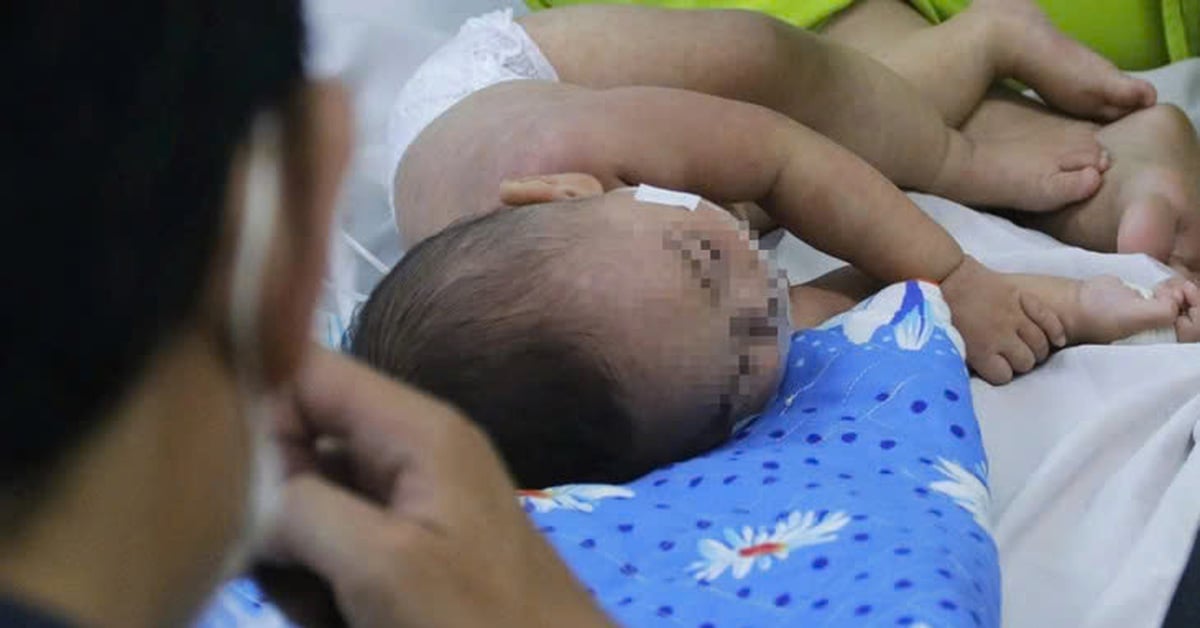
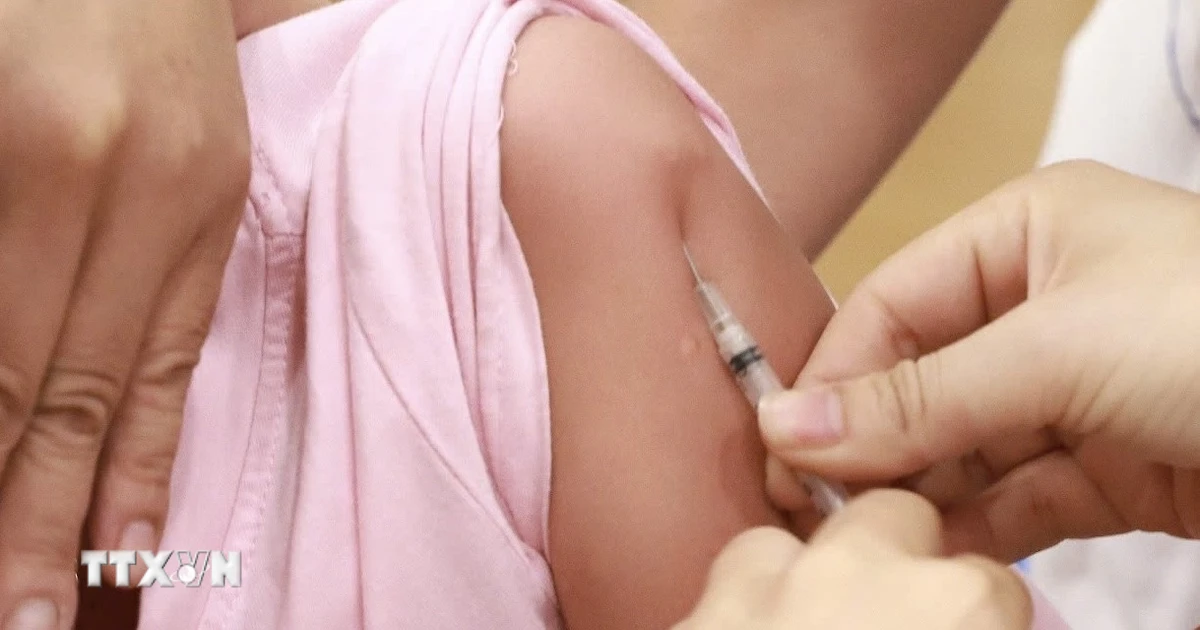



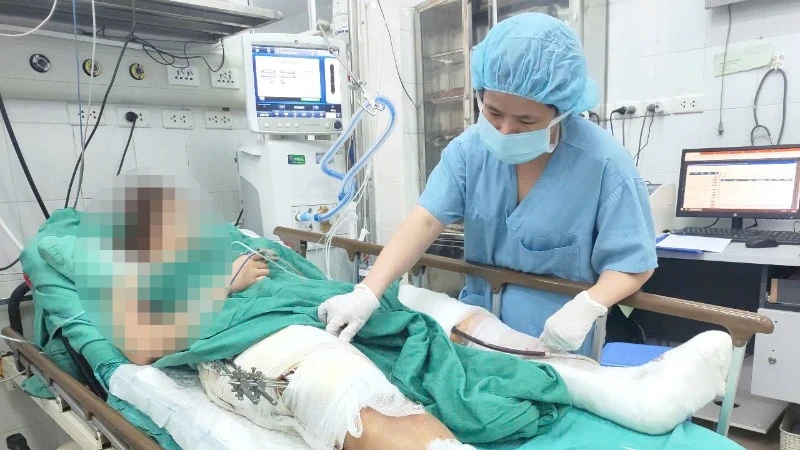
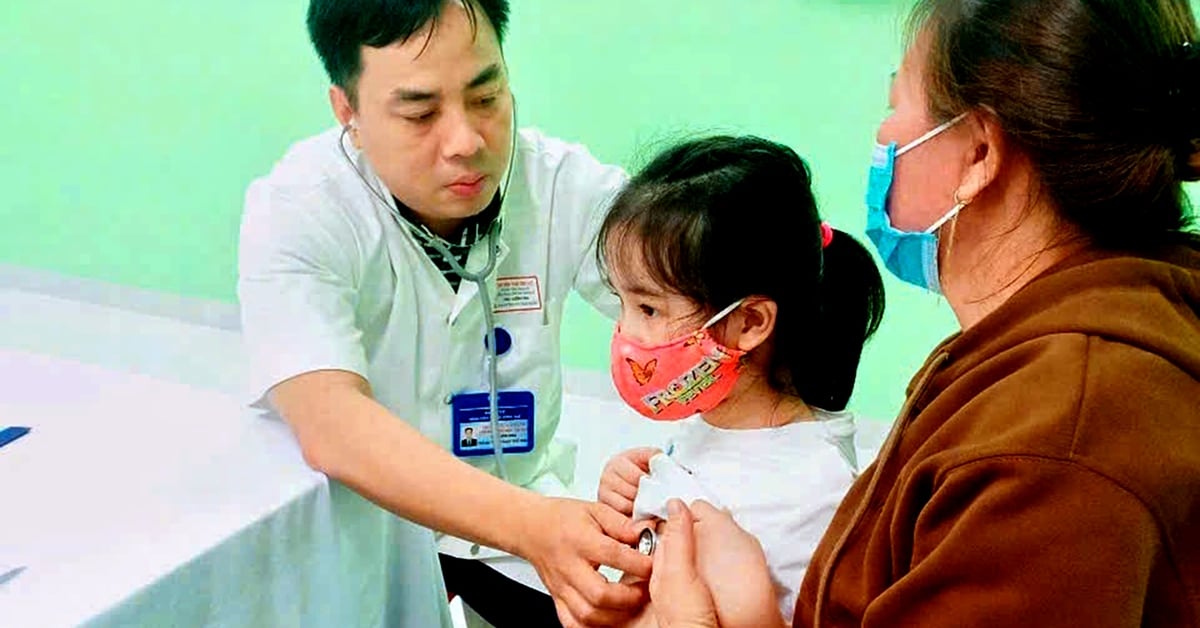
























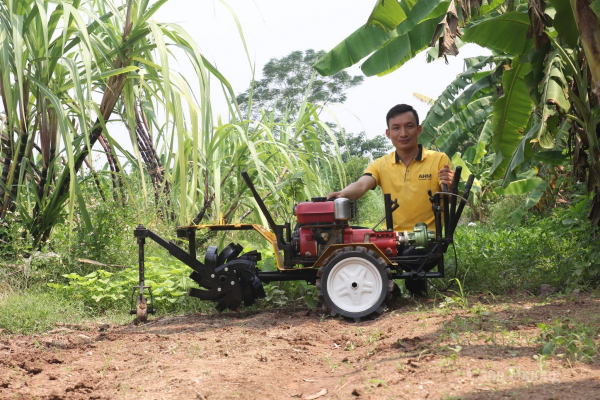






















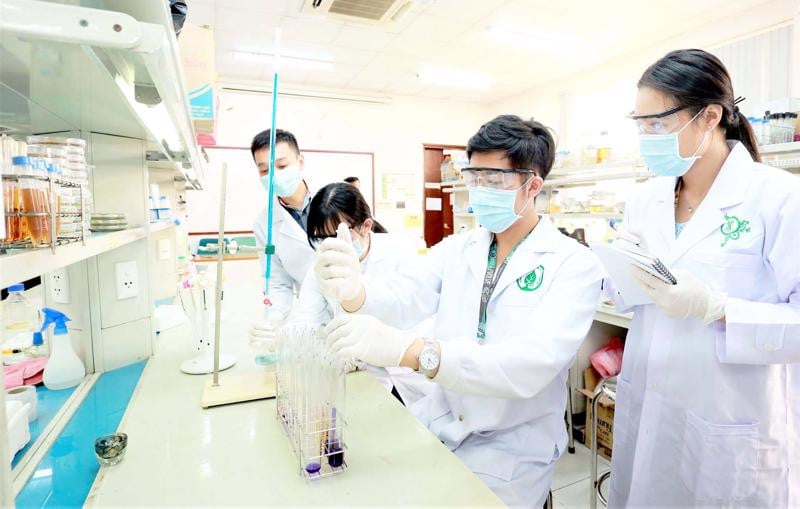
































Comment (0)